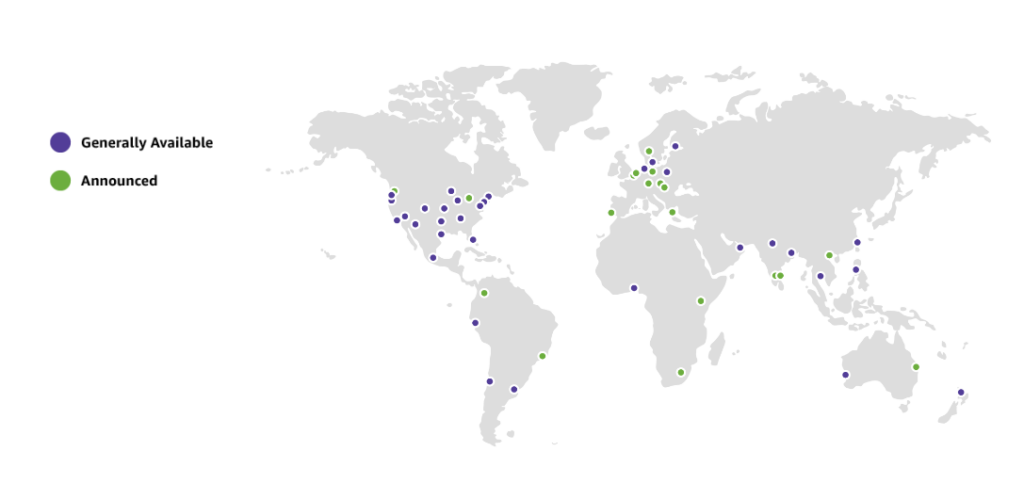OVHCloud announced on its Twitter the launch of “Local Zones” of its public cloud in Madrid and Brussels. This move sets the stage for a broader expansion strategy aimed at bringing low-latency, high-security cloud services closer to users and enterprises across Europe and beyond.
OVHcloud’s Ambitious Plan
Local Zones represent a new frontier in cloud services, engineered to provide low-latency solutions and local data residency—a boon for industries such as e-commerce, cloud gaming, and content delivery networks. With a strategic plan to roll out 150 Local Zones by 2026, OVHcloud is not just expanding its geographical footprint but also its capability to deliver tailored, secure, and efficient cloud services on a global scale.
“We are incredibly proud to announce today the opening of the first two OVHcloud Local Zones. We’ve been able to integrate and deploy gridscale’s technology just five months after joining the OVHcloud family, offering customers new options to consume OVHcloud Public Cloud, with added performance and data residency. This is just the beginning of an ambitious roadmap targeting a total of 150 Local Zones by 2026. We just can’t wait!” said Henrik Hasenkamp, CEO gridscale
Competition and Collaboration in the Cloud Space
The cloud services market is a hotbed of innovation and competition, with industry giants like Amazon Web Services (AWS) and Google Cloud Platform (GCP) offering Local Zone services to meet the growing demand for low-latency computing. Nevertheless, OVH’s approach is characterized by aggressive expansion. It is OVHcloud’s commitment to build a robust, globally distributed network of Local Zones that will include strategic locations in Europe and the United States. Throughout 2024 OVHcloud plans to open up to 15 Local Zones with the following non-exhaustive list of sites being considered. In Europe is preparing openings in Prague, Marseille and Zurich, among others. New Local Zones are expected to open across the great ocean – including Atlanta, Denver, Chicago, Dallas, New York City and San José.
In fact, OVHcloud’s success will depend on its ability to offer differentiated services that not only meet, but even have to maximally exceed enterprise expectations in terms of performance and security. On the other hand, despite the stiff competition, OVHcloud’s initiative is timely. The increasing demand for edge computing services, driven by the exponential growth of connected devices and data-intensive applications, presents a significant opportunity. By capitalizing on its European heritage and focusing on markets with specific needs for data residency and security, OVHcloud can carve out a niche for itself in this fast-evolving sector.

How does OVH compare to its rivals?
| Number of Local Zones owned by continent | |||||
| Continent | OVH | AWS | Microsoft Azure | Google Cloud | DigitalOcean |
| Europe | 2 | 4 | 23 | 36 | — |
| North America | — | 17 | 12 | 34 | 5 |
| South America | — | 3 | 4 | 6 | 3 |
| Africa | — | 1 | 3 | 3 | — |
| Australia | — | 2 | 5 | 6 | 1 |
| Asia | — | 6 | 20 | 34 | 2 |
Conclusion
OVHcloud indeed harbors ambitious plans to revolutionize cloud services with its Local Zones in Spain and Belgium. However, the competitive landscape is robust, with major players like Amazon Web Services already offering similar services. This scenario creates a dynamic battleground where innovation and strategic partnerships will be key to gaining an edge. My stance is that while OVHcloud is making significant strides, its success will heavily rely on how it differentiates itself in this competitive market.
Kamil Kołosowski
Author of this post.
